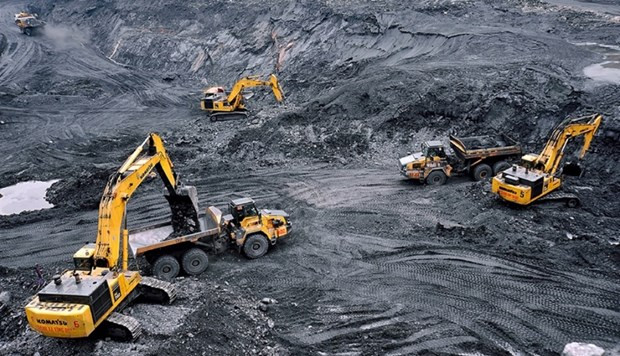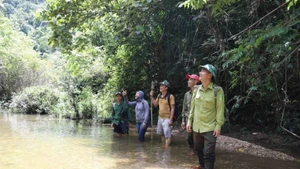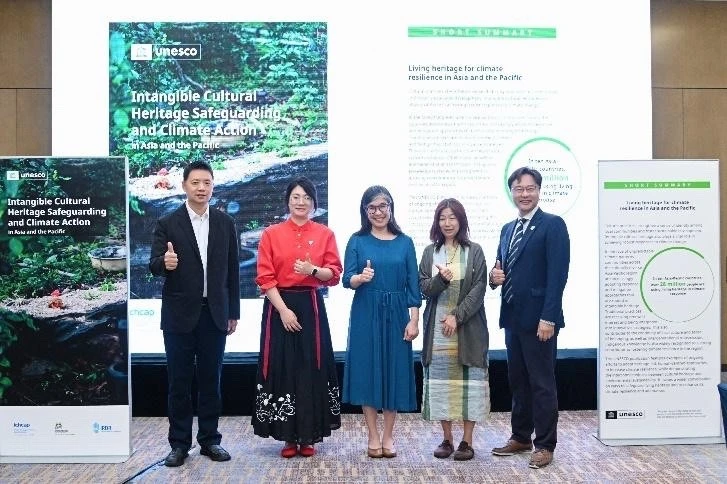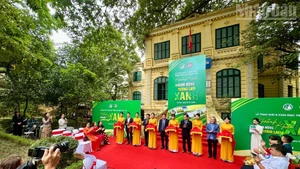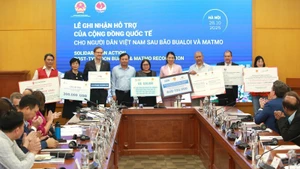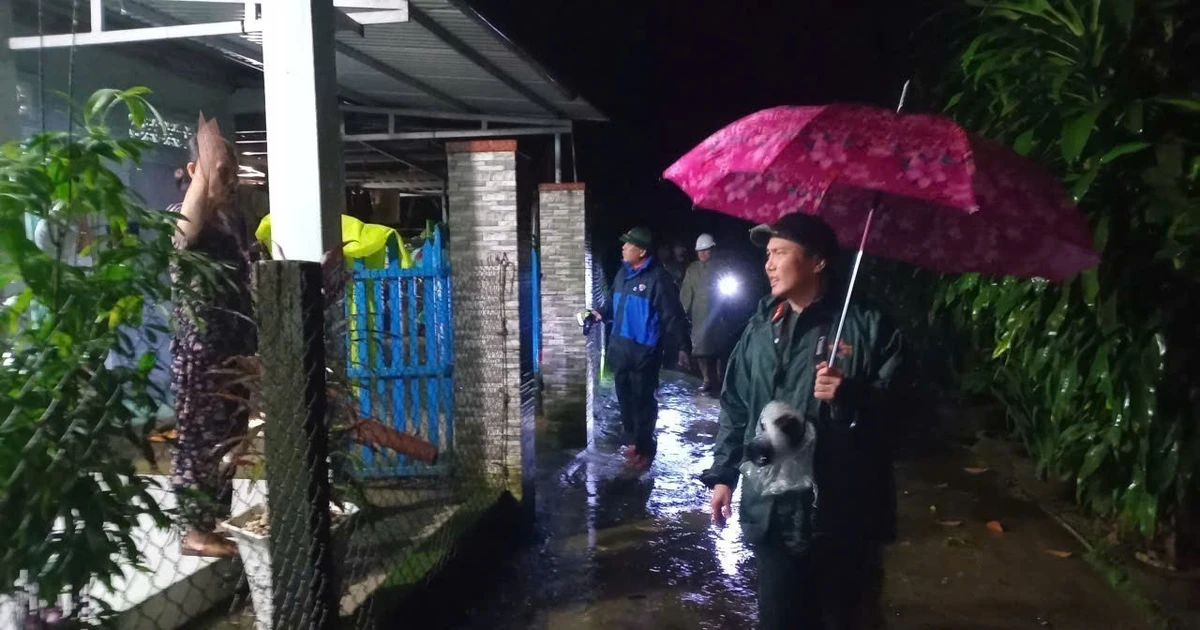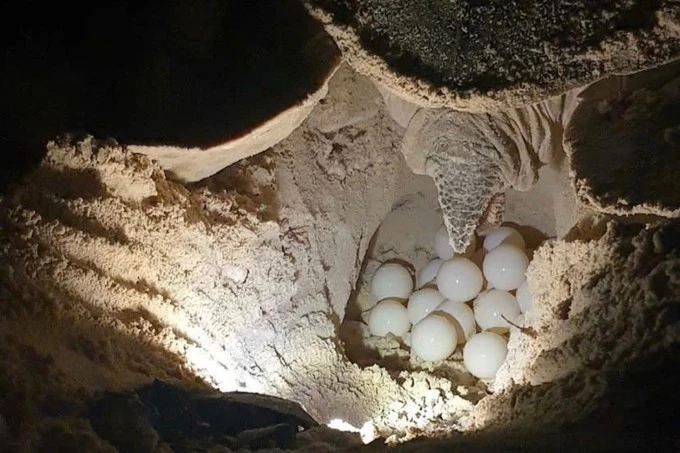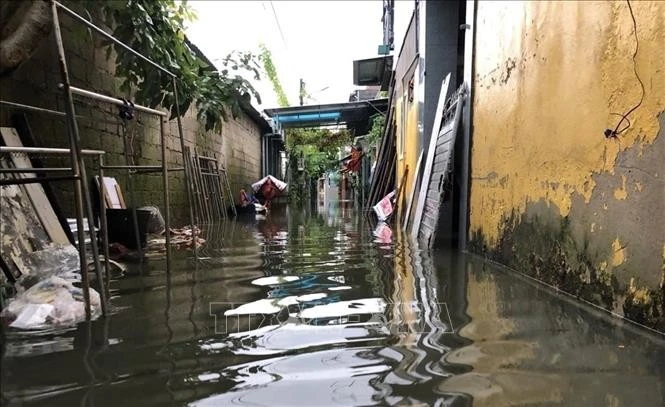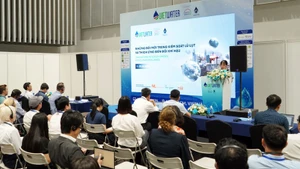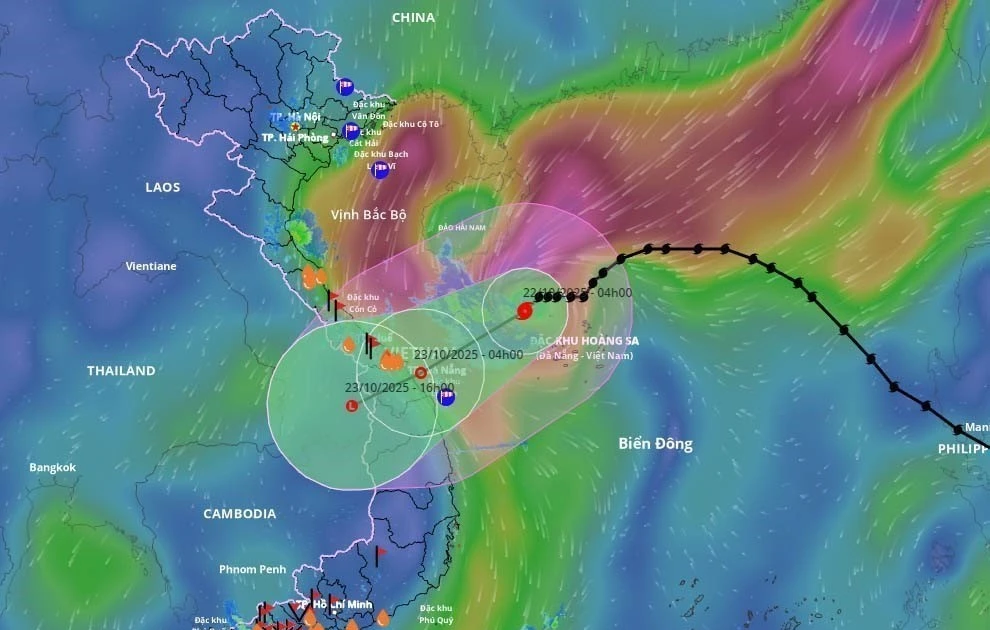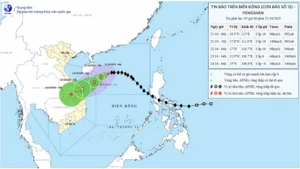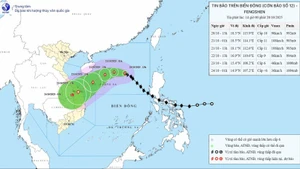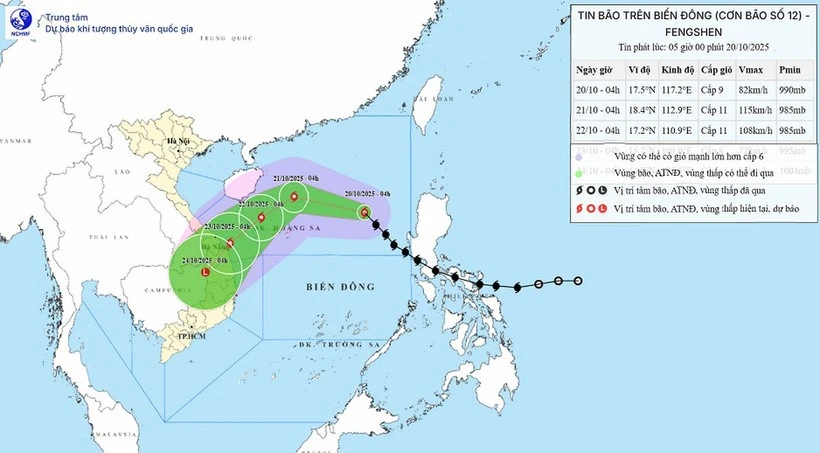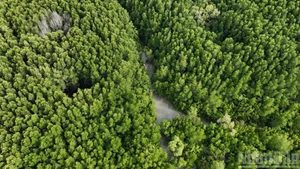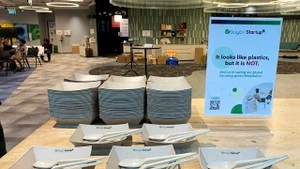The master plan aims to closely manage, exploit, process and use mineral resources in an economical and effective manner, in line with the developmental requirements of the economy, environmental protection and climate change adaptation, towards the goal of achieving carbon neutrality. It is also meant to promote investment and establish a synchronous and efficient mining and processing industry with advanced technologies and modern equipment that aligns with the global trends.
For minerals with significant reserves and strategic importance such as bauxite, titanium, rare earth, chromite, nickel, copper, gold, licensed mining enterprises must be fully capable and invest in appropriate processing projects that utilise advanced and eco-friendly technologies.
The master plan also advocates the synchronous and effective mining, processing and use of rare earth.
In May, Deputy PM Ha also approved a geological and mineral strategy through 2030, targeting strategic minerals across Vietnam's mainland, coastal waters, and islands.
In terms of minerals, the strategy aims to review and locate national mineral reserve areas, balancing between planned use demand and long-term reserve for socio-economic development, defence and security assurance, and environmental protection. Exploration activities will have to comply with the planning, suitable to the potential of each type of mineral.
The mining industry will have to comply with the planning, use advanced technologies and equipment, suitable to each potential type of mineral, and maximise the recovery of useful ingredients while ensuring environmental protection. For minerals with large and concentrated reserves, mining projects must be conducted while using advanced, eco-friendly technology and modern equipment,
The strategy emphasises the research and use of advanced technologies in exploiting construction materials and ensuring the balance and harmony between export and import, ensuring domestic demand, and supplying raw materials for processing projects.
